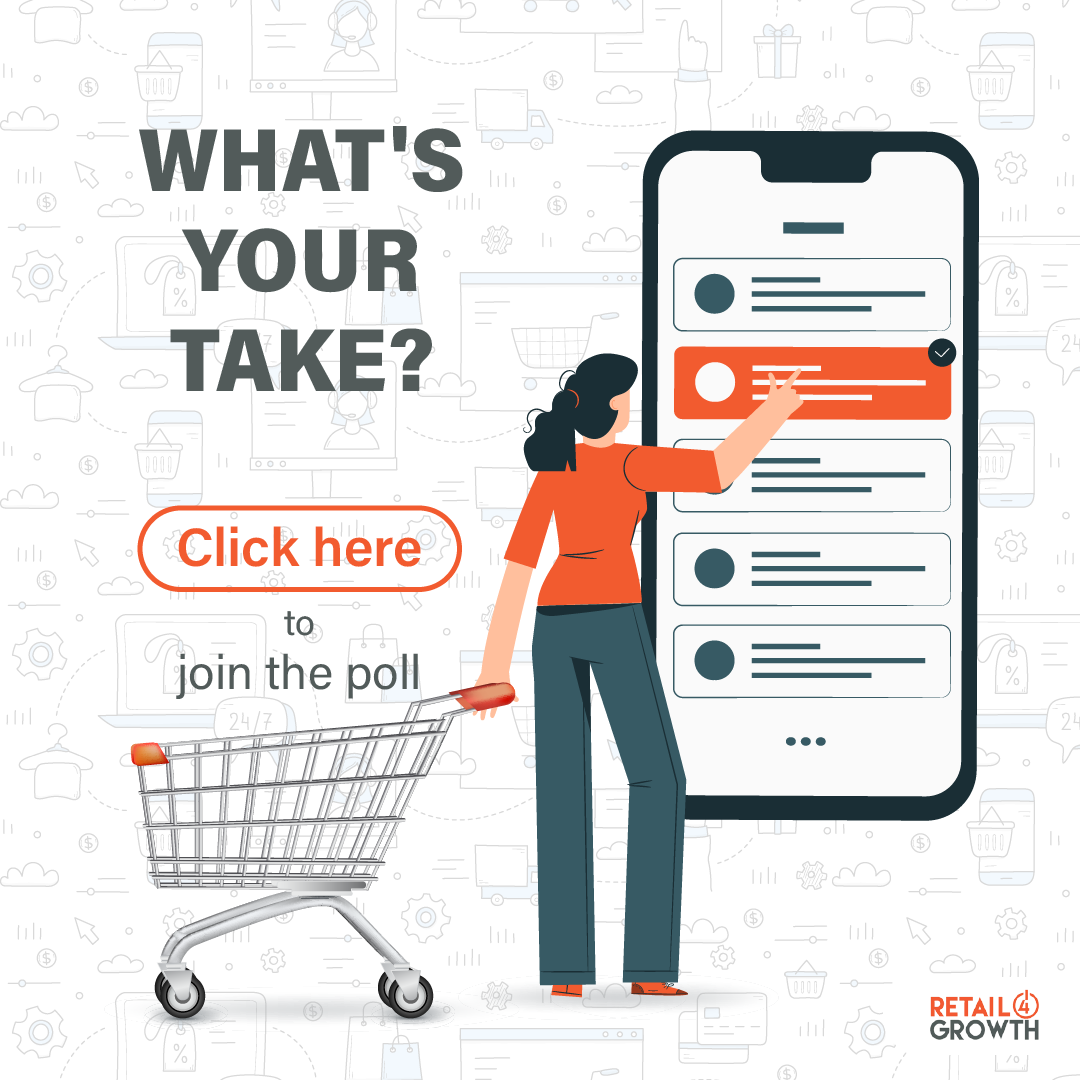Going upstream in the supermarkets
By Nabamita Chatterjee | February 07, 2014
Prashant Oka, Group Account Director, Tracy Locke India, on how brands can effectively speak to their consumers through the shopper marketing channel.
 Going upstream in the supermarkets
Going upstream in the supermarketsIn an ever evolving point of buying (POB) scenario, where bricks and mortar store formats have traditionally been at the forefront, brands and marketers alike have been jostling to get their product at the right place, at the right time.
Consumer behavior has typically influenced how brands have positioned themselves at the POB just as they have positioned themselves on any other medium. While that has always been justified as an equity building strategy, it has done little to influence an increased consumption of the product. This disconnect has led to an increased interest in how brands need to consider more than just the consumption patterns but also the buying patterns at the store, or in effect, how are these consumers shopping for your product?
With constant influx of data suggesting 70% of purchase decisions are made at the shelf, or 33% of "Highly loyal†consumers switched to another brand, it became clear that brands cannot paint the POB with the same brush as they paint the other mediums. How shoppers behave at the store has a much larger role to play in their decision of which brand/product they purchase. This led to the rise of a new field in marketing, viz, shopper marketing.
In addition, the complexity with which shoppers interacted with brands, was made manifold by the fact that shopping was not restricted to the brick and mortar stores anymore. Shopping was a result of the multiple access to purchase mechanisms now available, hence making shopping an omni channel exercise. This led the newly burgeoning breed of shopper marketers to consider, not just behavior at the POB, but across the entire path to purchase, hence redefining the POB as the point of influence (POI) and in doing so forcing brands to go upstream in the supermarket.
To understand how brands can intervene throughout this path to purchase, shopper marketers have categorically defined three distinct buckets of intervention. They have in effect, based on shopper specific needs across their path to purchase, defined what the varied objectives of communication are. This therefore forces brands to communicate with the shopper not just with a singular message and method of communication but with a multitude of smartly crafted messages across varied but relevant points of communication. These have to be across the shoppers' path to purchase, which could be before he/she has even entered the store, to, the last moment of truth, which would be at the shelf. Consider the three layer model of shopper intervention as below.
Each bucket has a very distinct objective in order to be effective and drive relevance, wherein,
1) The brand must capture the shoppers' attention before he/she has even reached the shelf. This could be through catchy communication not just when the shopper is entering the store but it could even be when the need of a purchase arises and the shopper starts assessing when and how to make that purchase. In an omni channel day and age this could even translate into digital intervention, where brands are building a differentiator online so that they remain TOM when the shopper eventually enters the store. In the process of buying a car, most shoppers do online research before they shortlist the brands to select from. The rest are mercilessly deselected. This opens up a clear need for brands who are deselected to perhaps consider putting in effort to create communication where shoppers are listening, but the brand is not present! P&G tapped into a key insight about families not finding content on TV they could watch together, and created the "Family movie night†campaign at Walmart. P&G and Walmart developed recurring, free, family friendly TV-movies, driving incremental trips to Walmart and sales of the brands that supported the campaign.[ Source http://www.effie.org/]
2) The brand must connect with the shopper by understanding his mindset at various points in the store before he/she has even reached the aisle and hence build relevance for our brand. Shoppers usually enter an aisle or a category seeking knowledge of some kind to make it easier for them to make an informed decision. While purchasing white goods for instance, there are a host of things that shoppers consider, ranging from the load mechanism, to lifestyle fit. Brands which are able to understand this shopper need, are able to better connect with the shopper, hence have a higher chance of being considered as a good purchase, than brands who are focused on talking just about their product. P&G was able to use a simple insight in the home cleaning category to create relevance for their brand Swiffer. Shoppers didn't really consider Swiffer as a better option over their regular reliable mops, brooms & dusters. This led P&G to come up with their "out of box†campaign and display it fully assembled. This allowed shoppers to see and feel firsthand, the quality & power of Swiffer, eventually leading to an unprecedented uplift in sales.[ Source http://www.effie.org/]
3) The brand must make it easy for a shopper to commit to it by connecting emotionally with him/her and selling not just products but ideas & solutions. Brands must look at themselves not just as a product in silo but one that can form a part of a solution. Confectioneries/Alcohol brands have often done this successfully by creating gifting zones and enabling shoppers to make purchase decisions based on an emotional need rather than a rational one. Mondelez in India, for example, has successfully created huge gifting zones across modern trade formats, for their brand Celebrations. These zones not only create an appetite appeal and invoke gifting sentiments, but also tap into the whole festive mindset of the shopper.
This shopper understanding has enabled brands to break free from a traditional method of shopper engagement restricted to the last mile, i.e typical retail formats, and consider being present across the entire path to purchase and be aware of shopper behavior and needs at the relevant touch points.
Advertisement
Related Viewpoints
Advertisement

_165_265.jpg)
_165_265.jpg)






Comments